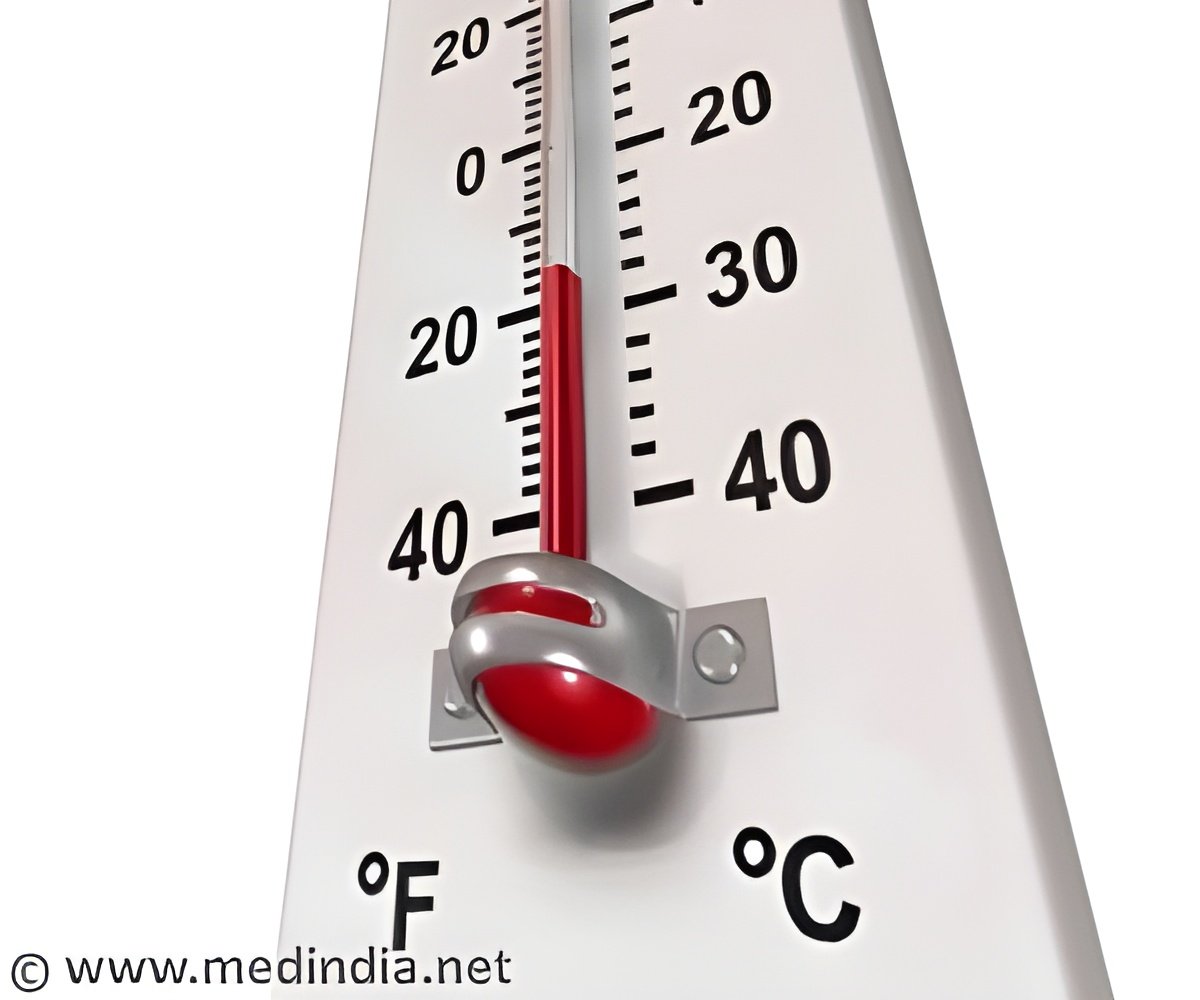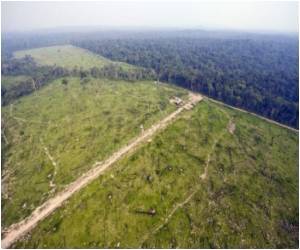
Studies of other cities have already projected adverse health effects from rising temperatures, but this is one of the most comprehensive so far. Unlike many others, it combines data from all seasons, and applies multiple scenarios to a local area—in this case, the most densely populated county in the United States. "This serves as a reminder that heat events are one of the greatest hazards faced by urban populations around the globe," said coauthor Radley Horton, a climate scientist at the Earth Institute's Center for Climate Systems Research. Horton says that people need look no further for the potential dangers than the record 2010 heat wave that hit Russia, killing some 55,000 people, and the 2003 one that killed 70,000 in central and western Europe.
Daily records from Manhattan's Central Park show that average monthly temperatures already increased by 3.6 degrees Fahrenheit from 1901 to 2000—substantially more than the global and U.S. trends. Cities tend to concentrate heat; buildings and pavement soak it up during the day and give it off at night. Many records have been set in Manhattan recently; 2012 was its warmest year on record, and in each of the past three years, it has seen temperatures at or above 100 degrees F. Projections for the future vary, but all foresee steep future average increases : 3.3 to 4.2 degrees F more by the 2050s, and 4.3 to 7.1 degrees by the 2080s.
To make mortality estimates, the researchers took temperature projections from 16 global climate models, downscaled these to Manhattan, and put them against two different backdrops: one assuming rapid global population growth and few efforts to limit emissions; the other, assuming slower growth, and technological changes that would decrease emissions by 2040. As a baseline for estimating temperature-related deaths, they used the 1980s, when an estimated 370 Manhattanites died from overheating, and 340 died from cold.
No matter what scenario they used, the projections suggested increased mortality. In the 2020s for instance, numbers produced from the various scenarios worked out to a mean increase of about 20 percent in deaths due to heat, set against a mean decrease of about 12 percent in deaths due to cold. The net result: a 5 or 6 percent increase in overall temperature-related deaths. Due mainly to uncertainties in future greenhouse emissions, projections for the 2050s and 2080s diverge more—but in all scenarios mortality would rise steeply. The best-case scenario projects a net 15 percent increase in temperature-related deaths; the worst, a rise of 30-some percent. Assuming Manhattan's current population of 1.6 million remains the same, the worst-case scenario translates to more than 1,000 annual deaths.
The study also found that the largest percentage increase in deaths would come not during the traditionally sweltering months of June through August, but rather in May and September—periods that are now generally pleasant, but which will probably increasingly become incorporated into the brutal dog days of summer.
Advertisement
The lead author of the study is Tiantian Li, an epidemiologist now at the Chinese Center for Disease Control and Prevention in Beijing, who did the work while serving as a postdoctoral researcher at the Columbia Climate and Health Program at Mailman, which Kinney directs.
Advertisement










